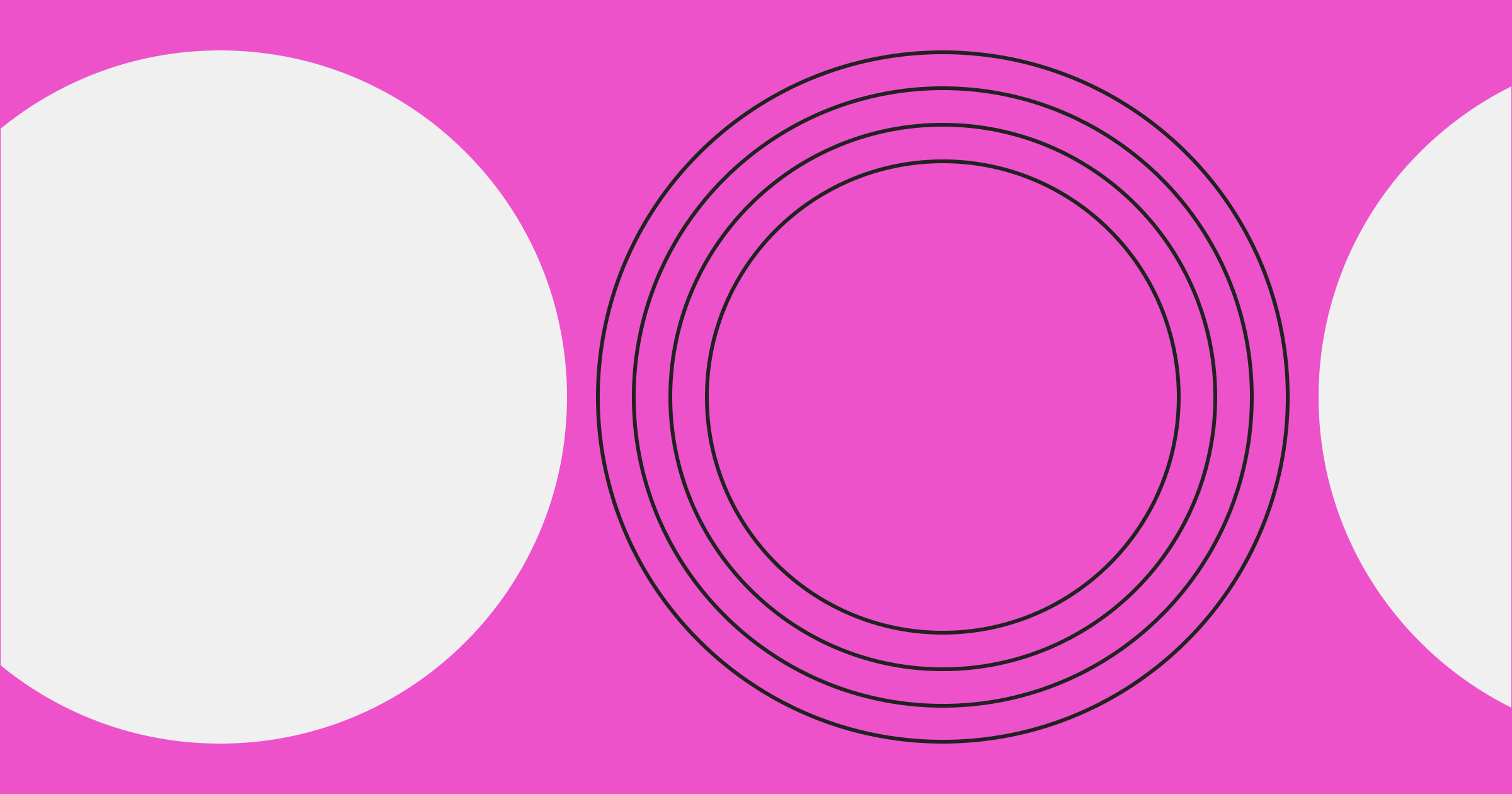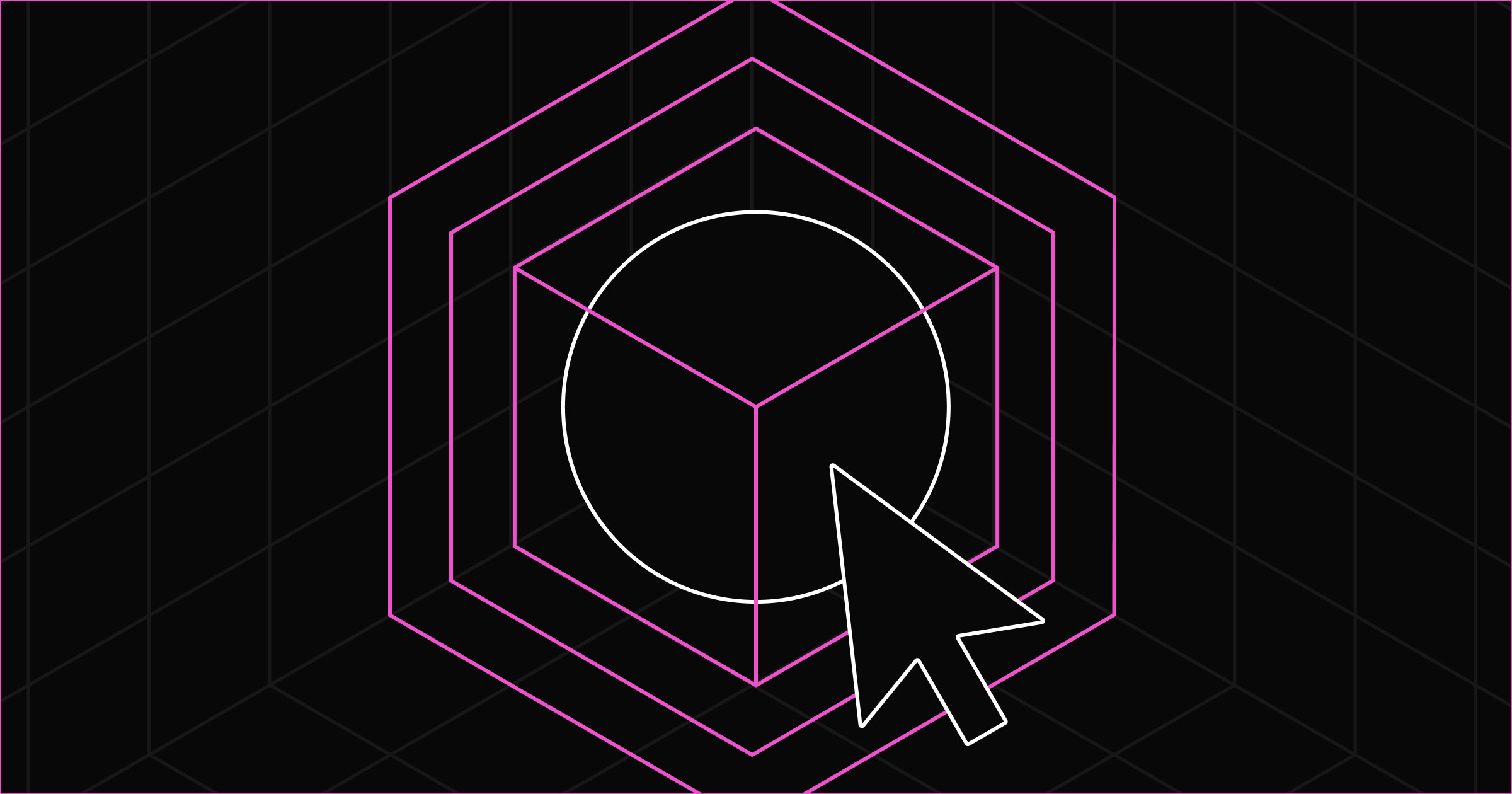Balancing desirability, feasibility, and viability in web design ensures your site meets user needs while remaining technically sound and economically sustainable.
According to IDEO, a leading design and consulting firm known for implementing design thinking, the elements crucial for aligning user interests with practical and financial realities are desirability, feasibility, and viability. When harmonized, these elements help designers create web experiences that resonate deeply with users and endure through evolving online trends and behaviors.
What do we mean by desirability, feasibility, and viability in UX?
Design thinking is the process of thinking like a designer to transform how you create products, strategies, services, and processes. This methodology, IDEO says, “brings together what is desirable from a human point of view with what is technologically feasible and economically viable.”
Desirability, feasibility, and viability are three core tenets of design thinking — here’s more on each.
Desirability
Desirability in design thinking measures how well a product or service aligns with user preferences, creating a compelling and positive experience. It’s about understanding and meeting your audience’s specific needs and expectations.
To gauge desirability, conduct user research and surveys, analyze feedback, and observe visitor behavior for insights into what they seek. This data guides the creation of user-centric designs, such as a user interface (UI) prototype that engages and smoothly navigates visitors through your content.
But remember, this is an iterative process. You must continually refine your product or service based on ongoing feedback to enhance interactions and deliver something that resonates with your audience’s changing preferences.
Feasibility
Feasibility involves evaluating the practicality and technical viability of your design concepts, ensuring they’re achievable and sustainable.
Active collaboration with developers and tech experts is crucial to gauge feasibility. During the design process, working together helps identify innovative and realistic solutions. This might include incorporating advanced features, improving performance, and optimizing the design to work seamlessly across devices. By focusing on feasible solutions, you ensure your products are a success today and remain adaptable to user and technological changes.
Viability
Feasibility versus viability might seem similar, but they address different project planning aspects. While feasibility assesses technical feasibility, viability evaluates whether products and features can achieve long-term success and profitability. A well-designed product won’t mean much if it doesn’t fit within your business model or market context.
When assessing viability, consider the costs associated with the design’s implementation, ongoing maintenance, and future updates. You must also identify potential revenue streams and project the return on investment (ROI). This approach helps you confirm that your solution meets user expectations and remains economically sustainable. Addressing feasibility and viability leads to a more holistic approach, where your design decisions cater to user needs and align with broader business objectives.
What’s the DFV model (and how does it work)?
After exploring the three components individually, it’s important to understand how these principles integrate within the desirability, feasibility, and viability (DFV) model.
By serving as a comprehensive framework, this model guides web design and development decision-making through a structured, progressive flow. It places the user at the forefront, advocating for user-centric designs while ensuring you consider the project’s technical and financial aspects.
Operating sequentially, the DFV model starts with assessing desirability to understand user needs and expectations. It then shifts to evaluating feasibility, focusing on the design idea’s practicality and achievability within your team’s constraints. The final phase is viability, determining if the project aligns with your organization’s financial and business goals.
Here’s an outline of the DFV model in action:
- Assess desirability. Focus on understanding user preferences, expectations, and pain points. Engage in desirability testing through user research to gain comprehensive insights into visitor desires. This ensures your design meets actual user needs and enhances their experience.
- Evaluate feasibility. After establishing desirability, assess the feasibility of your design idea. Look at development timelines, technological possibilities, and your team’s capacity. Collaborate with developers and technical experts to ensure your desired design changes are practically achievable with your available resources.
- Analyze viability. After identifying a desirable and feasible product, examine its economic sustainability. Evaluate the implementation, maintenance, and update costs against your budget. Analyze the long-term benefits and potential ROI to ensure your project meets user needs and is financially viable.
Asking the right questions
We’ve curated a list of questions you can ask yourself to assess if you’re on the right path regarding the above three principles. Check them out below and learn why they’re crucial for an optimal user journey.
Key questions to assess desirability
Does this solution address a real need?
Look beyond aesthetics to determine whether a website feature or design change solves a problem or meets a user requirement. A new feature should cater to user expectations and solve specific pain points. A simplified check out process on an ecommerce site directly caters to the need for efficiency and ease of use, unlike an elaborate background pattern that looks aesthetically pleasing but may not add real value to the user experience.
Will this solution fit into people’s lives?
Ensure your design solution fits into your users’ existing site interactions. If your audience mainly uses mobile devices, a complex multilayered mega menu might not be practical. Instead, opt for a responsive design with streamlined navigation features such as a simplified menu or search function. This caters to visitor preferences and makes the experience more intuitive and engaging by ensuring they can navigate your site effortlessly — no matter the device.
Key questions to assess feasibility
How long will this take?
This question focuses on your proposed solution’s timeline. If you plan to integrate a new feature like a content management system (CMS) into your website, estimating the development time is crucial. Accurate estimation allows for effectively planning and allocating resources, managing stakeholder expectations, and ensuring you complete the new feature within a realistic time frame without overburdening your team. Understanding and planning around this time frame ensures the feature’s feasibility within the project’s scope.
Can you actually make it happen?
Evaluate your team’s technical expertise, available tools, and resources to determine whether your organization can execute the project. For a complex website redesign or advanced feature implementation like artificial intelligence, you must determine if your team can execute these plans within project constraints.
Key questions to assess viability
Does this solution fall within your budget?
Evaluating the financial viability of your proposed design is key to ensuring it fits within your budget constraints. When planning a web project, consider the costs of adding new features, redesigning layouts, and integrating advanced technologies. Revamping your website with sophisticated ecommerce functionalities like AI personalization requires examining development and ongoing maintenance expenses on top of labor and overhead costs.
Analyzing whether your budget supports these investments is vital for maintaining your project and the organization’s financial health. This assessment aligns your design goals with financial realities, enabling informed decision-making that syncs design aspirations with available resources.
What will ROI look like?
When considering ROI, look beyond immediate costs and focus on long-term benefits. Assess if the design improvement’s long-term payoffs justify a higher short-term investment.
A more user-friendly interface might initially increase expenses, but its positive impact on user engagement, bounce rates, and search engine optimization (SEO) could drive higher ROI over time. By taking a broader business perspective and weighing immediate costs against future benefits, you ensure more sustainable and profitable design choices.



















Bridging the design to development gap
Learn best practices for integrating the workflows between design and development in this free webinar.
Benefits of using the DFV framework
The DFV framework offers a systematic approach to decision-making, combining human-centered design thinking with business realities. It’s a practical guide, enabling teams to make informed decisions and build impactful products. Here are three more benefits of using the DFV framework.
Minimizes preexisting risks
By thoroughly assessing DFV principles from the start, you can identify potential risks related to user dissatisfaction, technical hurdles, and financial constraints early on. This proactive approach allows for strategic adjustments and preemptive actions to address these risks before they become significant.
For example, if you identify a feature as highly desirable but challenging to implement, your team can explore alternative approaches to overcome potential technical difficulties.
Enhances resource efficiency
The DFV framework’s feasibility assessment helps you critically examine your design plan’s practicality. It considers key aspects, such as development timelines and technological aspects, to optimally allocate resources like time and labor. Aligning these resources with the project’s technical feasibility also prevents overextension, minimizes delays, and eliminates unnecessary rework.
Consider a scenario where your team plans to implement an advanced, interactive 3D model on your website. During the feasibility assessment, you discover that such a feature requires specialized skills that your team lacks and would significantly extend the project timeline. By recognizing these constraints early on, you can pivot to a more feasible solution, like a simpler interactive graphic that still engages users but requires less specialized skill and time. Opting for more practical solutions helps teams efficiently use resources, maintain project momentum, and avoid delays and technical complications.
Establishes achievable expectations
Beginning with a clear understanding of user desirability enables teams to make informed decisions regarding the project’s feasibility and viability. This prevents overly ambitious goal setting, which can lead to project challenges or failure. By establishing realistic expectations informed by comprehensive assessments, your team gains clarity on the project’s scope, potential obstacles, and likely outcomes. Such transparency is invaluable for effective communication and collaboration, guiding the project smoothly from conception to completion.
Implement the framework with Webflow
Balancing desirability, feasibility, and viability can help you hit the sweet spot and create innovative, profitable websites that meet customer needs. Striking a balance between these three factors ensures that innovation is user-centric, realistic, and economically viable.
If you’re ready to implement the DFV framework into your web design and development process, check out Webflow Enterprise. Our visual web development platform provides the tools you need to create and maintain captivating, reliable websites that meet your evolving needs. We help you create designs that elevate your web presence, meet business metrics, and drive sustainable growth.

Get started for free
Create custom, scalable websites — without writing code. Start building in Webflow.































